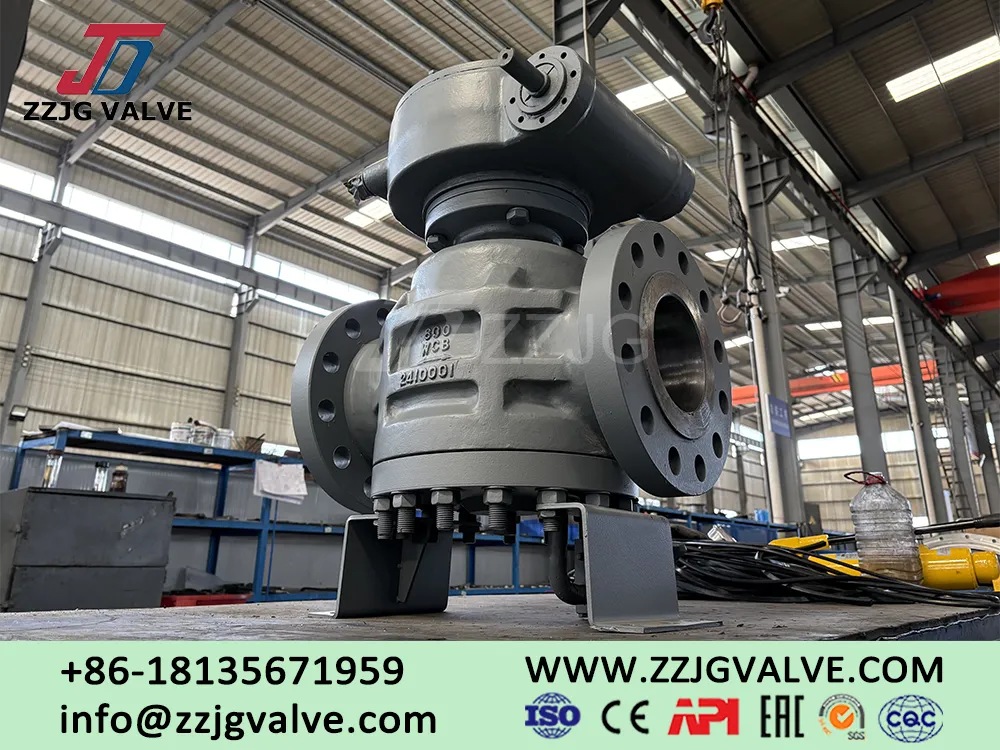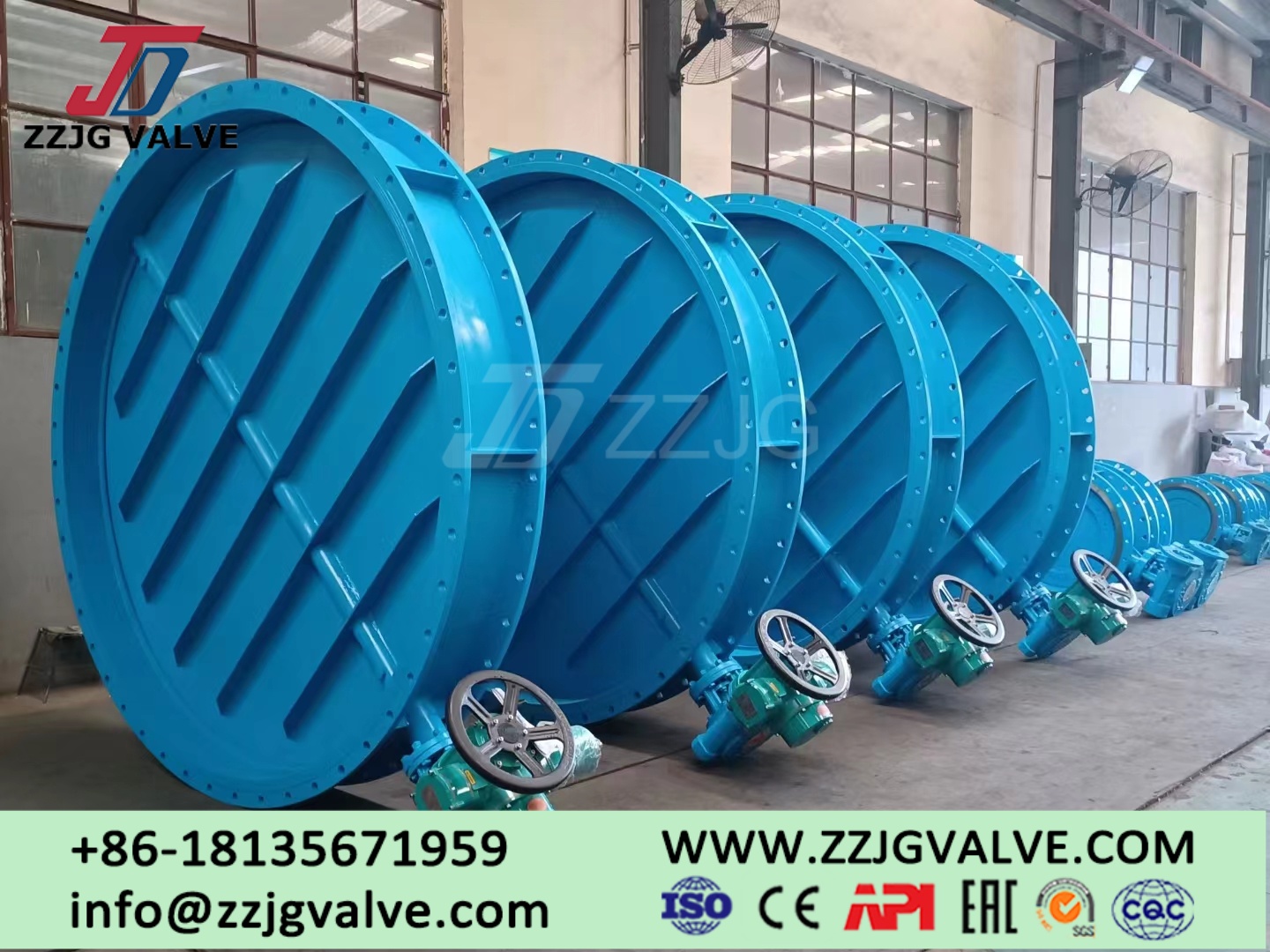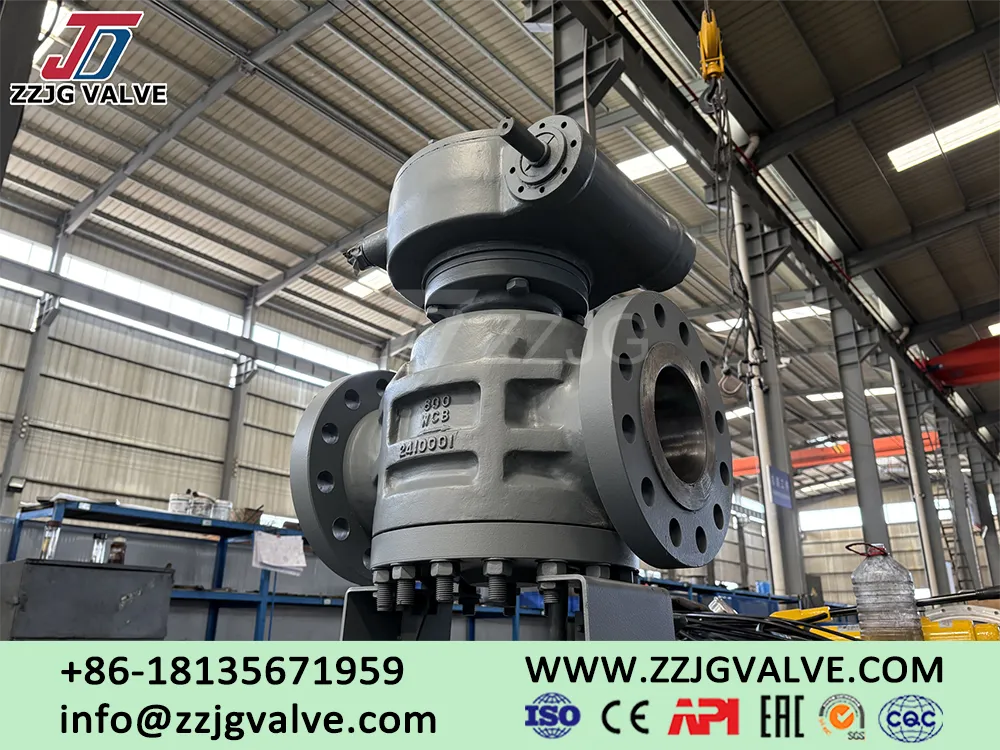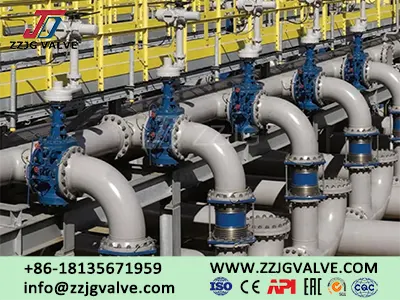ZZJG Valve–Fluorine Lined Butterfly Valve
In industrial fluid control, fluorine-lined butterfly valves have attracted much attention for their unique performance and wide application.
Fluorine-lined butterfly valves are mainly composed of valve body, butterfly plate, valve stem, fluorine-lined layer and other components. Its working principle is based on rotating butterfly plate to achieve fluid control.
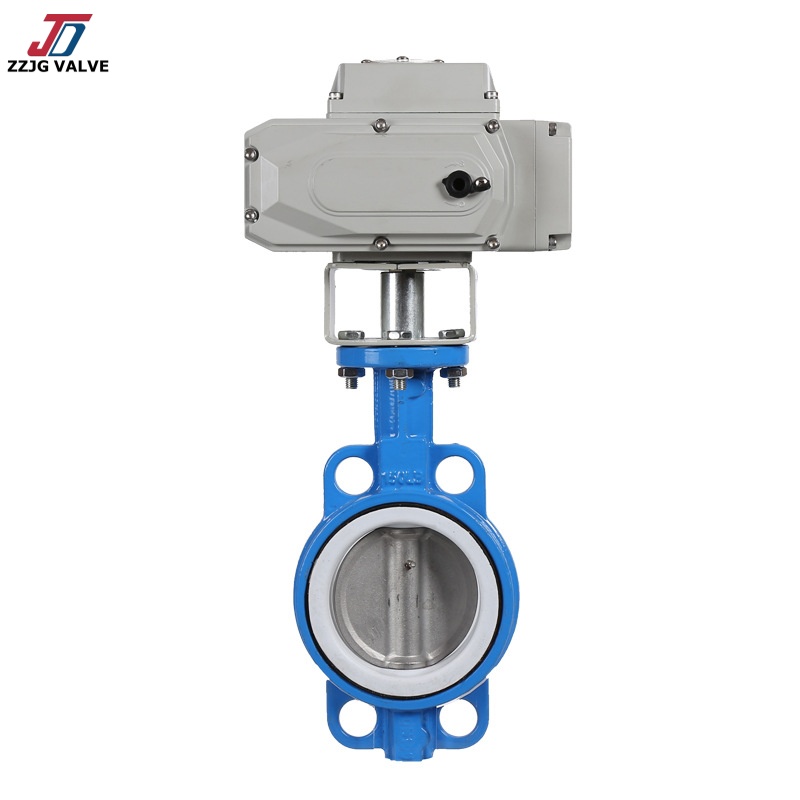
The details are as follows:
1. Opening process: When the valve needs to be opened, the drive device (such as manual, pneumatic, electric, etc.) will drive the valve stem to rotate clockwise, and the valve stem will then drive the butterfly plate to rotate around its axis. The butterfly plate gradually opens from the closed position. When it rotates to 90°, the valve is in a fully open state. At this time, a channel is formed between the valve plate and the valve seat, and the fluid can pass through the valve freely to achieve large flow delivery.
2. Flow regulation: In actual applications, the butterfly plates on both sides of the shaft will be affected by the torque of the medium to produce a certain angle, so that the butterfly plate can rotate freely within the range of 0°-90°. By adjusting the rotation angle of the butterfly plate and changing the size of the channel, the fluid flow can be accurately adjusted to meet the flow requirements under different working conditions.
3. Closing process: When the valve needs to be closed, the drive device rotates the valve stem counterclockwise, driving the butterfly plate to rotate in the opposite direction and move to the closed position. When the butterfly plate rotates to 0° or close to 0°, the valve is closed, and a seal is formed between the butterfly plate and the valve seat to prevent the fluid from passing through.
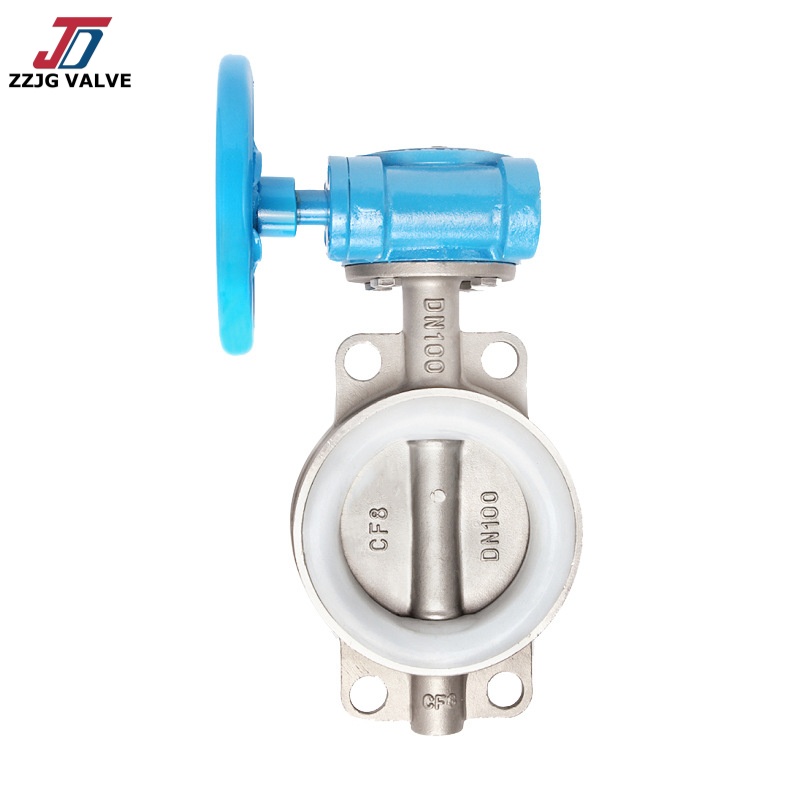
The fluorine lining layer in the fluorine-lined butterfly valve plays a key role in work:
1. Anti-corrosion protection: Fluoroplastic has extremely high chemical stability. The fluorine lining layer covers the inner surface of the valve body and the butterfly plate, isolating the metal parts from the fluid, and can effectively prevent corrosive media such as acids, alkalis, and salts from corroding the valve body and butterfly plate, greatly extending the service life of the valve, making it particularly suitable for industries with more corrosive media such as chemicals and pharmaceuticals.
2. Reduce friction: The friction coefficient of fluoroplastics is extremely low, which makes the butterfly plate more flexible during rotation, reduces the friction between the valve stem and the butterfly plate, reduces the operating torque, and makes the opening and closing operation of the valve easier and smoother, which not only improves work efficiency, but also reduces the labor intensity of operators.
3. Auxiliary seal: The fluorine lining layer itself has good elasticity and adaptability. When the butterfly plate and the valve body sealing surface are fitted, it can better fill the small gap between the sealing surfaces, enhance the sealing effect, and ensure that the valve can maintain good sealing performance under different pressures and working conditions, effectively preventing fluid leakage.
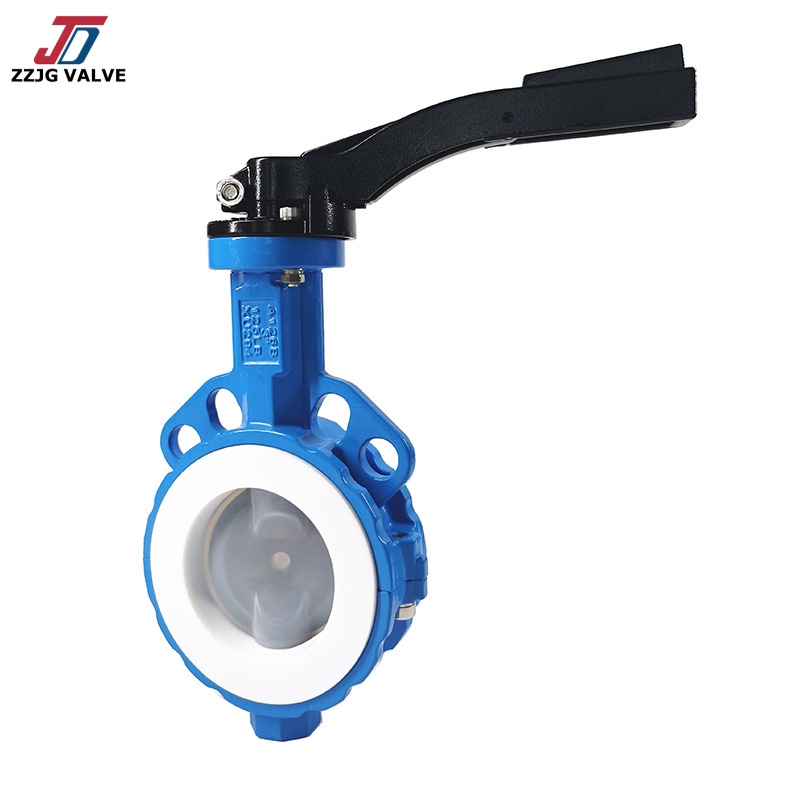
In terms of sealing mechanism:
1. Positive flow seal: Under positive flow state, the higher the medium pressure, the tighter the seal between the valve plate and the valve seat will be, thus ensuring a good sealing effect and effectively preventing medium leakage.
2. Countercurrent seal: When the flow channel medium is countercurrent, as the medium pressure increases, the unit positive pressure between the valve plate and the valve seat may be less than the medium pressure, and the sealing faces challenges at this time. However, due to the excellent sealing performance of fluoroplastic materials, the fluorine-lined butterfly valve can also maintain a good sealing effect under countercurrent state, ensuring the reliability of the valve under bidirectional flow conditions.

A deep understanding of the working principle of the fluorine-lined butterfly valve is of great significance for the correct selection, installation, and maintenance of valves, as well as the optimization of industrial fluid control systems.
With the continuous development of industrial technology, fluorine-lined butterfly valves will play an important role in more fields with their unique working principle and excellent performance, providing a strong guarantee for the efficient and safe operation of industrial production.
Next: Introduction to DBB Plug Valve

